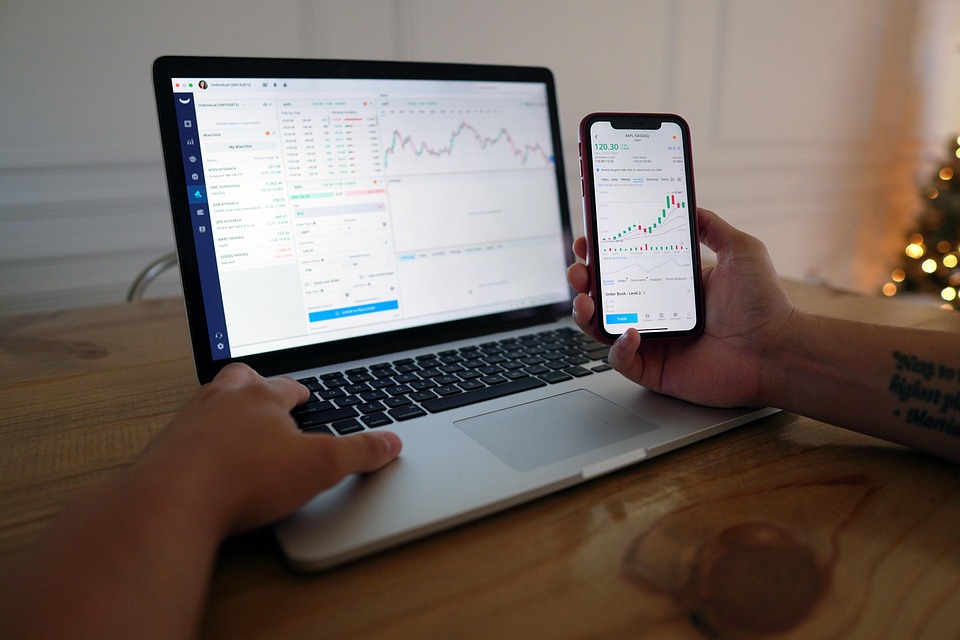Crypto Mean Reversion Strategies: How to Profit from Overbought and Oversold Markets
The cryptocurrency market is known for its volatility, with prices fluctuating wildly in a matter of minutes. Investors often find themselves caught off guard by sudden price swings, which can be both thrilling and intimidating. Amidst this uncertainty, mean reversion strategies offer a way to profit from overbought and oversold markets, providing a structured approach to navigating the ever-shifting landscape of cryptocurrency prices.
What is Mean Reversion?
Mean reversion is a market phenomenon where asset prices tend to revert to their historical means, also known as the "average" price level. This concept is based on the idea that prices can be excessive or underpriced compared to their long-term averages, leading to a correction as the market returns to its historical norms. In the context of cryptocurrency, mean reversion can be applied to identified price extremes, enabling investors to profit from these reversions to the mean.
Identifying Overbought and Oversold Markets
To apply mean reversion strategies, it’s essential to identify markets that are overbought or oversold. This can be achieved by analyzing various technical indicators, including:
- Relative Strength Index (RSI): A popular momentum indicator that measures the currency’s price changes. An RSI reading above 70 indicates an overbought market, while a reading below 30 indicates an oversold market.
- Bollinger Bands: A volatility indicator that consists of a moving average and two standard deviations plotted above and below it. When the price touches the upper band, the market may be overbought, and when it touches the lower band, it may be oversold.
- Stochastic Oscillator: A technical indicator that compares a currency’s closing price to its price range over a given period. When the price is near the top of its range, it may be overbought, and when it’s near the bottom, it may be oversold.
Mean Reversion Strategies
Once an overbought or oversold market is identified, investors can employ the following strategies to profit from mean reversion:
- Buy on Oversold: When a cryptocurrency is oversold, it’s a good opportunity to buy and anticipate a rebound to its historical mean price. Set a stop-loss at a reasonable distance from the buy price to minimize potential losses.
- Sell on Overbought: When a cryptocurrency is overbought, it’s a sign that the price may be due for a correction. Sell and establish a stop-loss to limit potential losses, and look to re-enter the market when it becomes oversold.
- Mean Reversion Index Fund: Consider investing in a crypto index fund, which tracks a basket of cryptocurrencies, to reap the benefits of mean reversion across multiple assets.
- Diversified Trading: Spread your risk by trading multiple cryptocurrencies, allowing you to take advantage of mean reversion opportunities in different markets.
Case Study:
To illustrate the effectiveness of mean reversion strategies, consider the example of Bitcoin (BTC). In December 2017, BTC’s price surged to nearly $20,000, causing many to label it overbought. Using a mean reversion approach, investors could have sold BTC at its peak, only to re-enter the market when it dipped to around $6,000 in December 2018. This strategy would have resulted in a significant profit, as BTC’s price eventually rebounded to its current range.
Conclusion
Mean reversion strategies offer a structured approach to profiting from overbought and oversold cryptocurrency markets. By identifying these market conditions using technical indicators and employing the strategies outlined above, investors can navigate the volatile world of cryptocurrency with increased confidence. Remember to always set Stop-Losses, diversify your investments, and stay informed to maximize returns in this rapidly evolving market.

